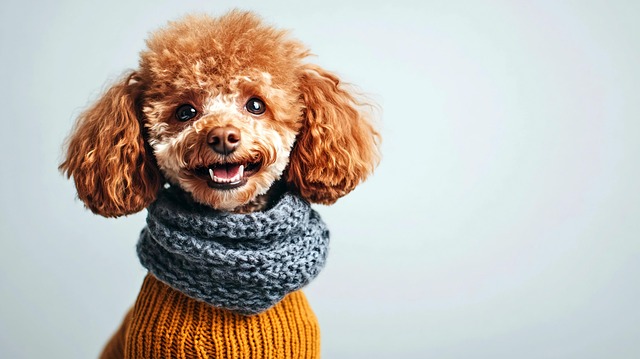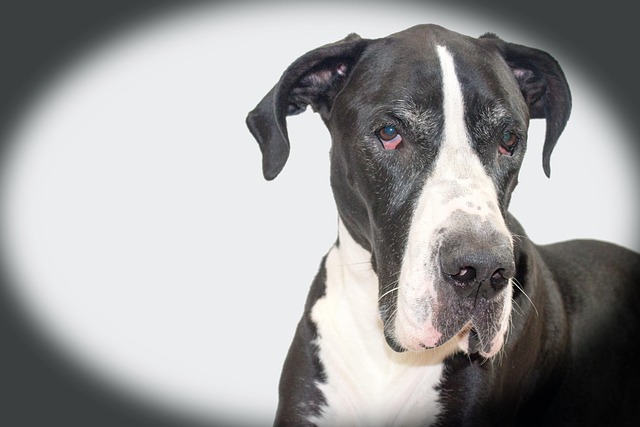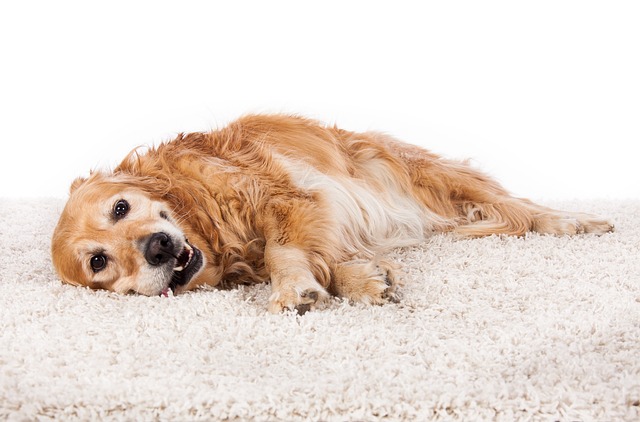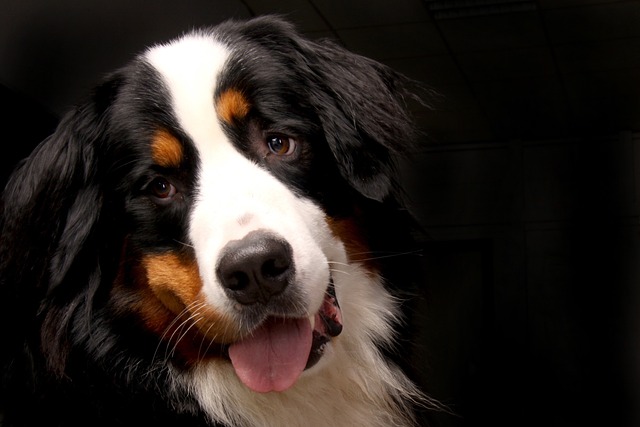When you tie the leash and prepare to start your daily dog walk, the dog rushes forward like an arrow, and the tight force of the leash almost pulls you down. Looking at its back, I am full of doubts: Why does the usually docile dog become so difficult to control once it goes out? Behind this seemingly simple behavior, there is a complex interweaving of canine instincts, environmental stimuli and behavioral habits. Only by deeply understanding these roots can we truly find the key to walking harmoniously with dogs.
From a biological point of view, the ancestors of dogs are wolves with strong social nature. When they are in groups in the wild, the leading wolf will control the group's route through speed and direction. Although the living habits of modern domestic dogs have changed dramatically after tens of thousands of years of domestication, this instinct to "lead the group forward" is still deeply rooted in their genes. When a dog pulls hard on the leash, it is essentially trying to play the role of a "leader" - it believes that it is its responsibility to determine the pace and direction of the walk. In particular, some working dog breeds, such as Huskies and Border Collies, have stronger energy and primitive drive. Once they feel the owner's hesitation during a walk, they will take the initiative to "take over" control.
In addition to instinctive drive, strong stimulation from the external environment is also an important factor that causes dogs to rush. Strange smells floating on the street, swaying figures in the distance, cats that suddenly jump out, and even a fallen leaf rolling in the wind can instantly ignite a dog's curiosity. The olfactory system of dogs is extremely developed, and the number of olfactory epithelial cells in one square centimeter can be up to 40 times that of humans, which enables them to capture tens of thousands of chemical information in the air. When various novel smells come to the face, the dog's brain will quickly enter the "exploration mode", eager to follow the smell to track the source. At this time, the restraint of the leash will intensify their excitement, forming a vicious cycle of "the more you pull, the more you want to rush".
 Behavioral studies have shown that a dog's aggressive behavior is often related to incorrect interaction patterns. For example, when a dog suddenly accelerates and pulls on the leash, many owners subconsciously pull the leash back to try to stop it. This confrontational action may be understood by the dog as a "game invitation" - just like the interaction of pulling with peers when they were puppies. Over time, the dog will establish a connection between pulling the leash and the attention of the owner, and frequently rush in order to get more "interaction".
Behavioral studies have shown that a dog's aggressive behavior is often related to incorrect interaction patterns. For example, when a dog suddenly accelerates and pulls on the leash, many owners subconsciously pull the leash back to try to stop it. This confrontational action may be understood by the dog as a "game invitation" - just like the interaction of pulling with peers when they were puppies. Over time, the dog will establish a connection between pulling the leash and the attention of the owner, and frequently rush in order to get more "interaction".
It is worth noting that a dog's aggressive behavior may also be an external manifestation of inner anxiety. Separation anxiety, uneasiness caused by environmental changes, or being frightened when going out may put dogs in a highly nervous state when walking. When they feel uneasy, they will try to escape from potential threats by moving quickly, even if the threat may be just a subtle sound or strange smell that the owner cannot detect. In this case, the dog's dragging is not only a physiological impulse, but also a way to vent psychological pressure.
After understanding these underlying reasons, correcting the dog's aggressive behavior requires the owner to establish a new interaction pattern with patience and wisdom. First of all, when walking, you should avoid using a retractable leash and use a short and sturdy fixed leash instead, so that the dog and the owner keep a reasonable distance. At the same time, slow pace and frequent turns can disrupt the dog's rhythm of trying to dominate the route. When the dog walks calmly, give snacks and verbal praise in time to reinforce its correct behavior; if there is dragging, stop moving immediately and wait for the dog to calm down before starting again. This "non-violent communication" method can make the dog gradually understand that only by cooperating with the owner's pace can you have a pleasant walking experience.
More importantly, walking should not just be "completing the task", but should become an emotional bond for deep interaction between the owner and the dog. Spend a few minutes before departure to conduct simple obedience training with the dog, such as sitting down and waiting for instructions, which can not only consume some of its energy, but also strengthen the owner's dominant position; reserve more time for the dog to sniff and explore on the way to satisfy its natural nature; use gentle caressing and games after the end to let the dog feel the sense of security and happiness brought by walking. The accumulation of these details will make the dog change from "dragging the owner to walk" to "willing to walk side by side with the owner."
In the relationship between humans and dogs, walking is a mirror that reflects the trust and understanding between each other. When we let go of our obsession with "obedience" and listen to the demands behind the dog's behavior, we will find that the power of each sudden charge hides their curiosity and desire to explore the world. Through scientific guidance and emotional connection, walking can eventually be transformed from a "rally" into a spiritual journey full of warmth and tacit understanding.

 Behavioral studies have shown that a dog's aggressive behavior is often related to incorrect interaction patterns. For example, when a dog suddenly accelerates and pulls on the leash, many owners subconsciously pull the leash back to try to stop it. This confrontational action may be understood by the dog as a "game invitation" - just like the interaction of pulling with peers when they were puppies. Over time, the dog will establish a connection between pulling the leash and the attention of the owner, and frequently rush in order to get more "interaction".
Behavioral studies have shown that a dog's aggressive behavior is often related to incorrect interaction patterns. For example, when a dog suddenly accelerates and pulls on the leash, many owners subconsciously pull the leash back to try to stop it. This confrontational action may be understood by the dog as a "game invitation" - just like the interaction of pulling with peers when they were puppies. Over time, the dog will establish a connection between pulling the leash and the attention of the owner, and frequently rush in order to get more "interaction". 



